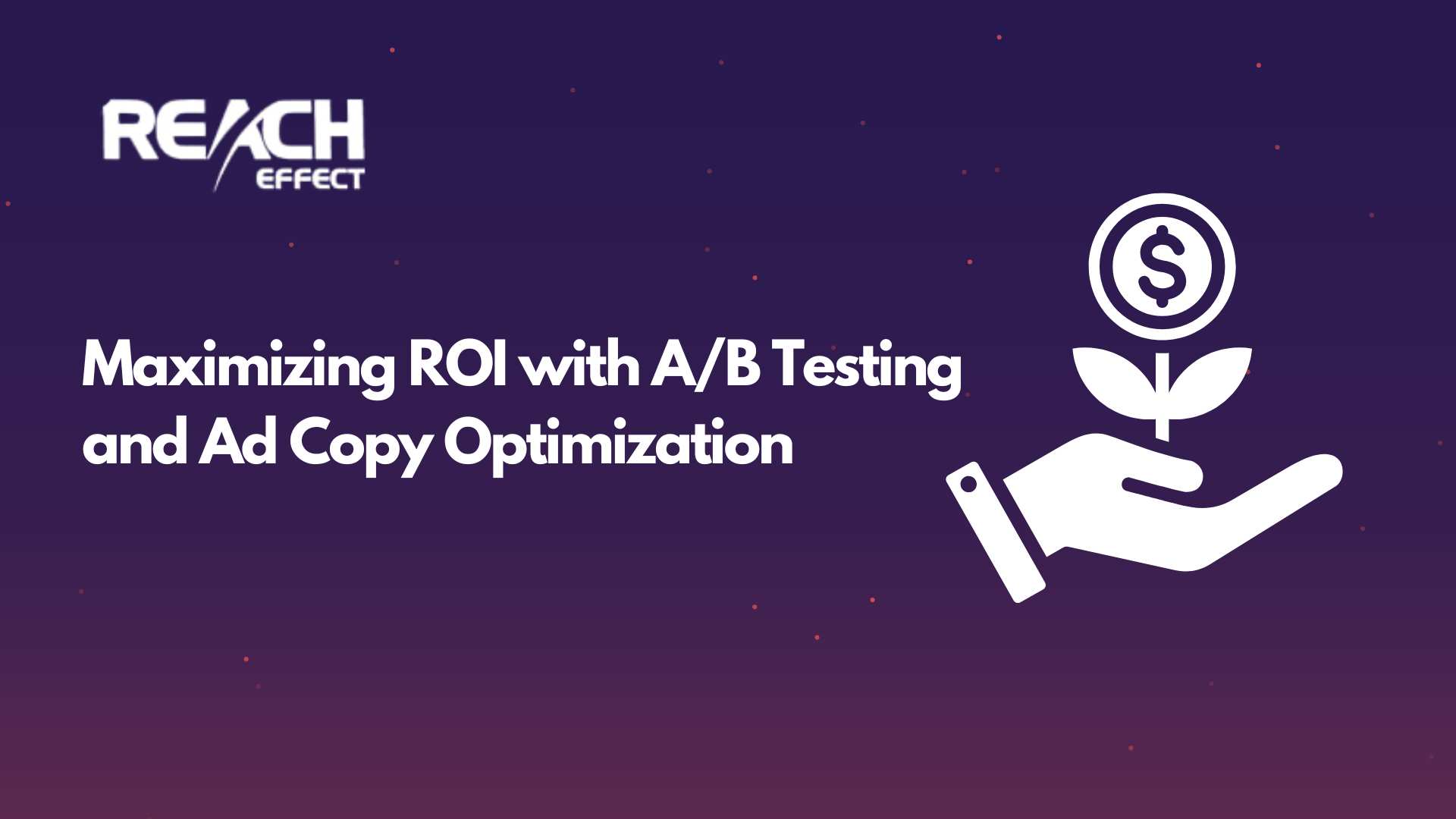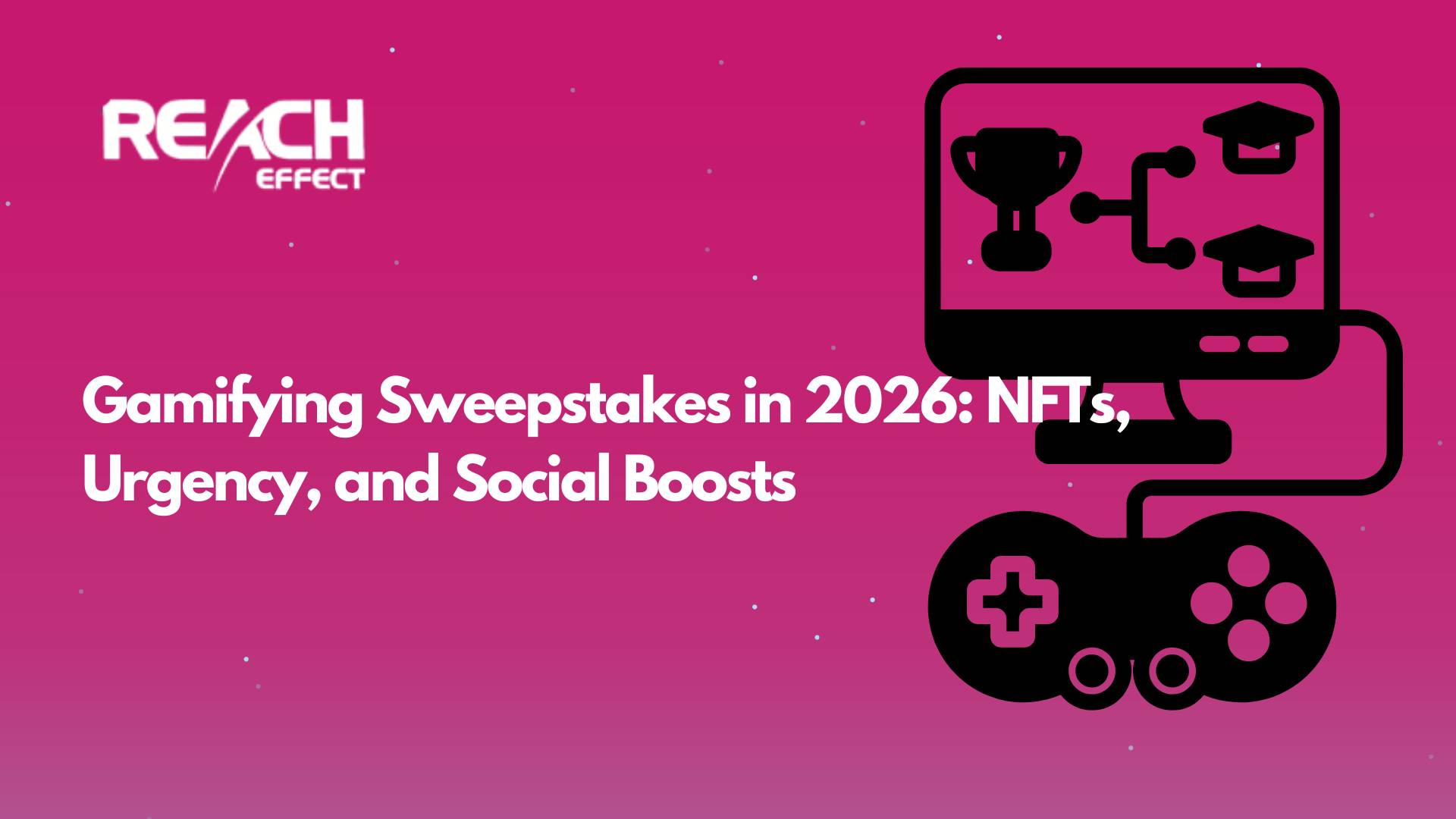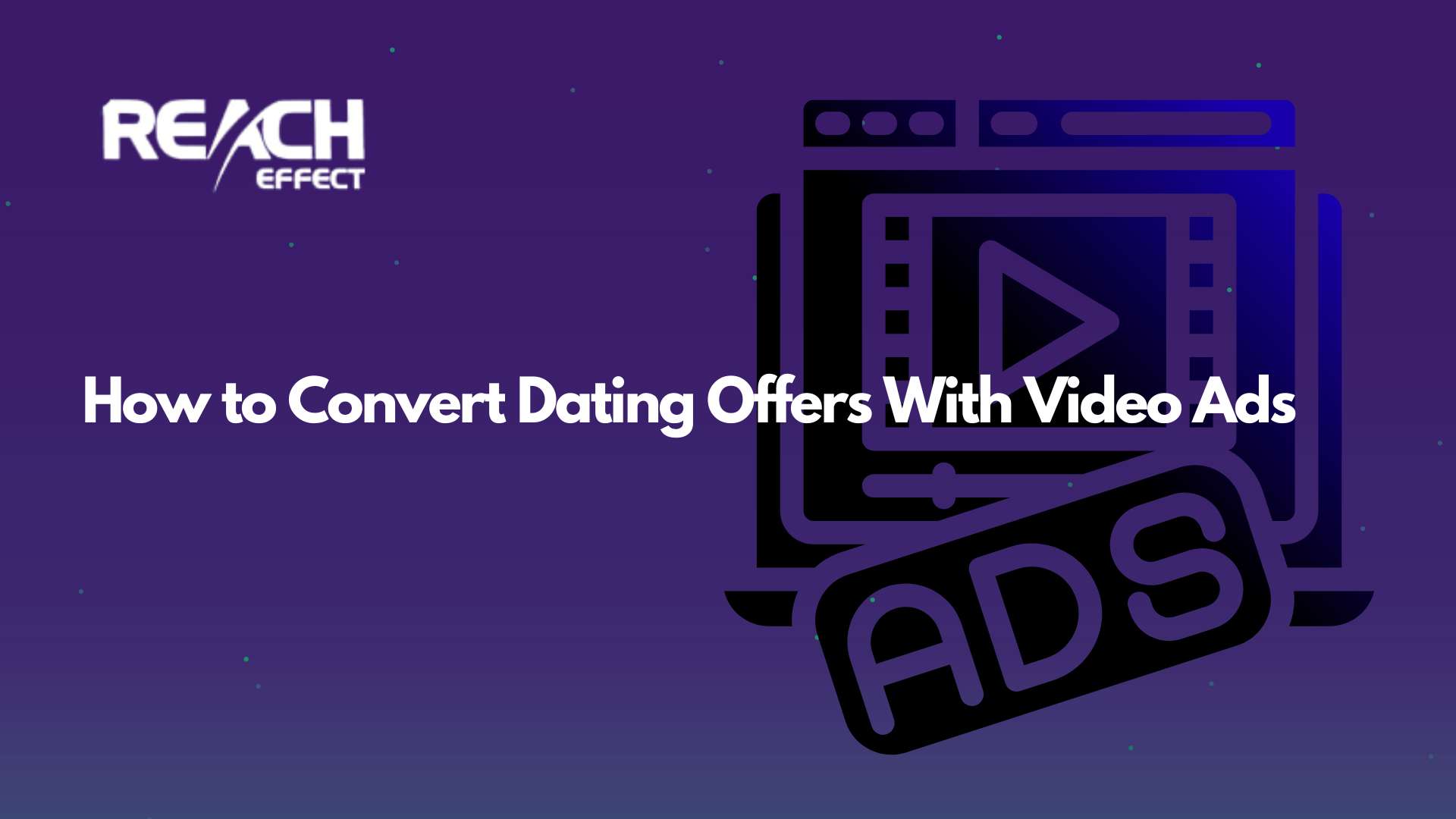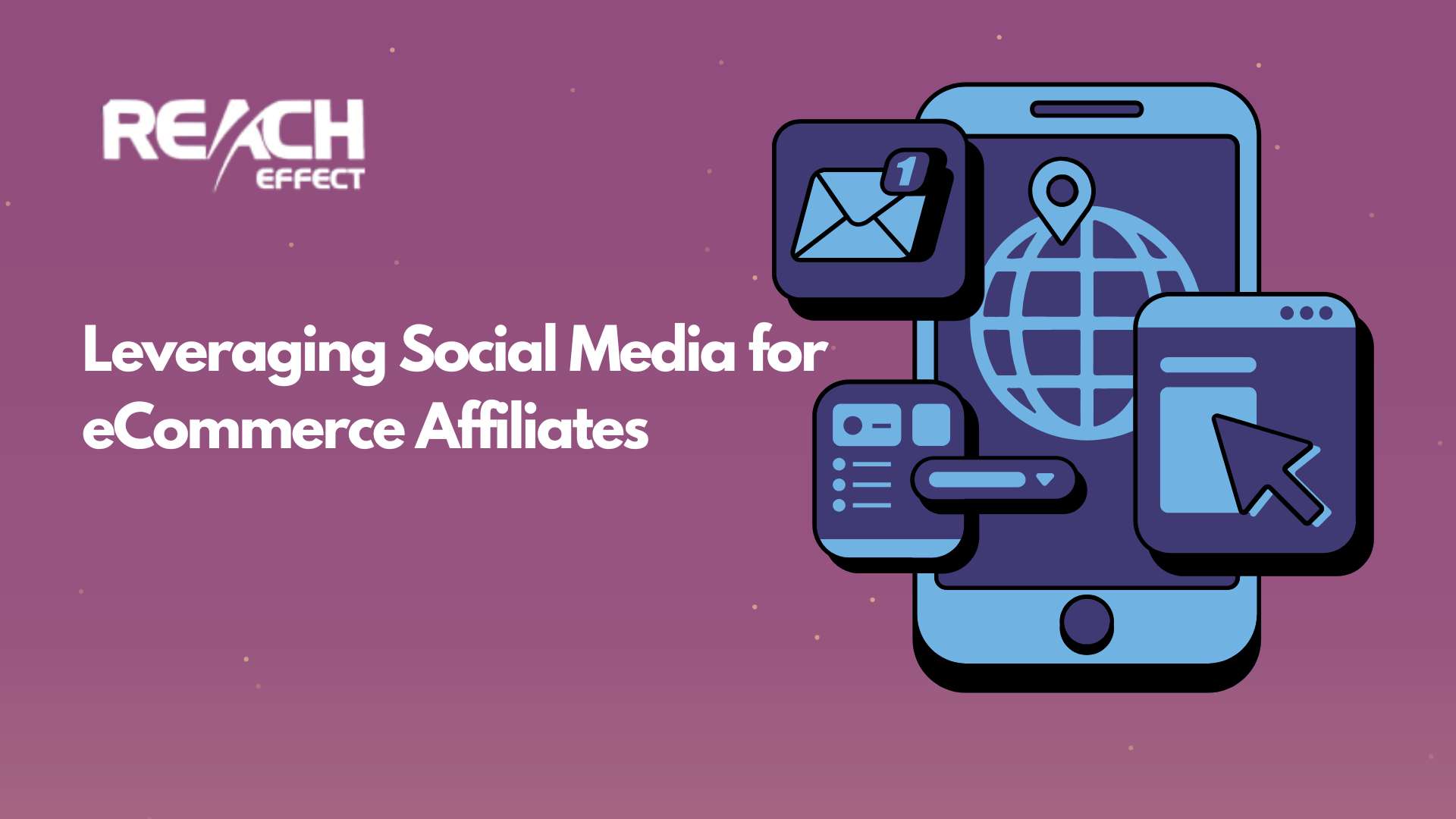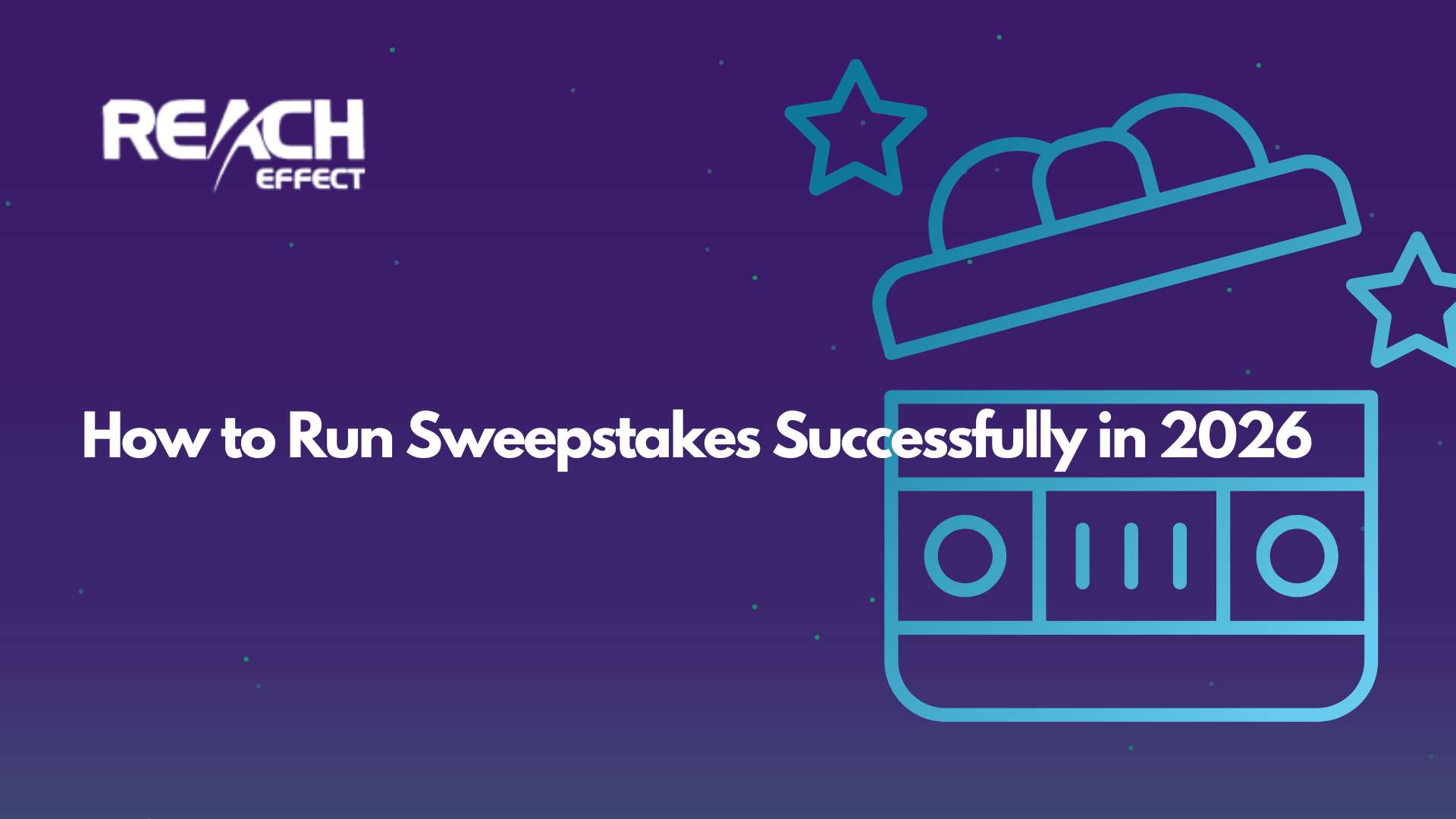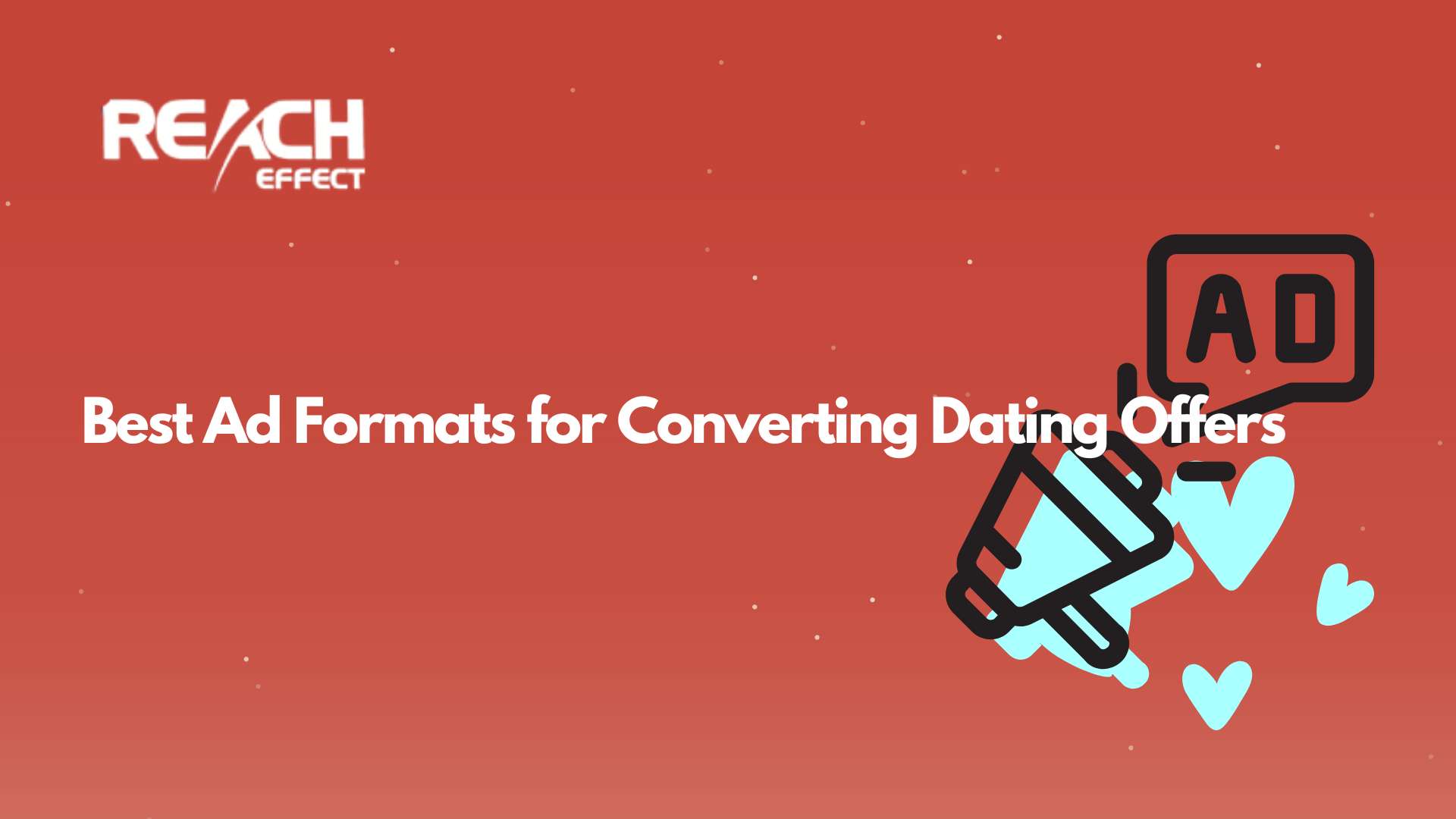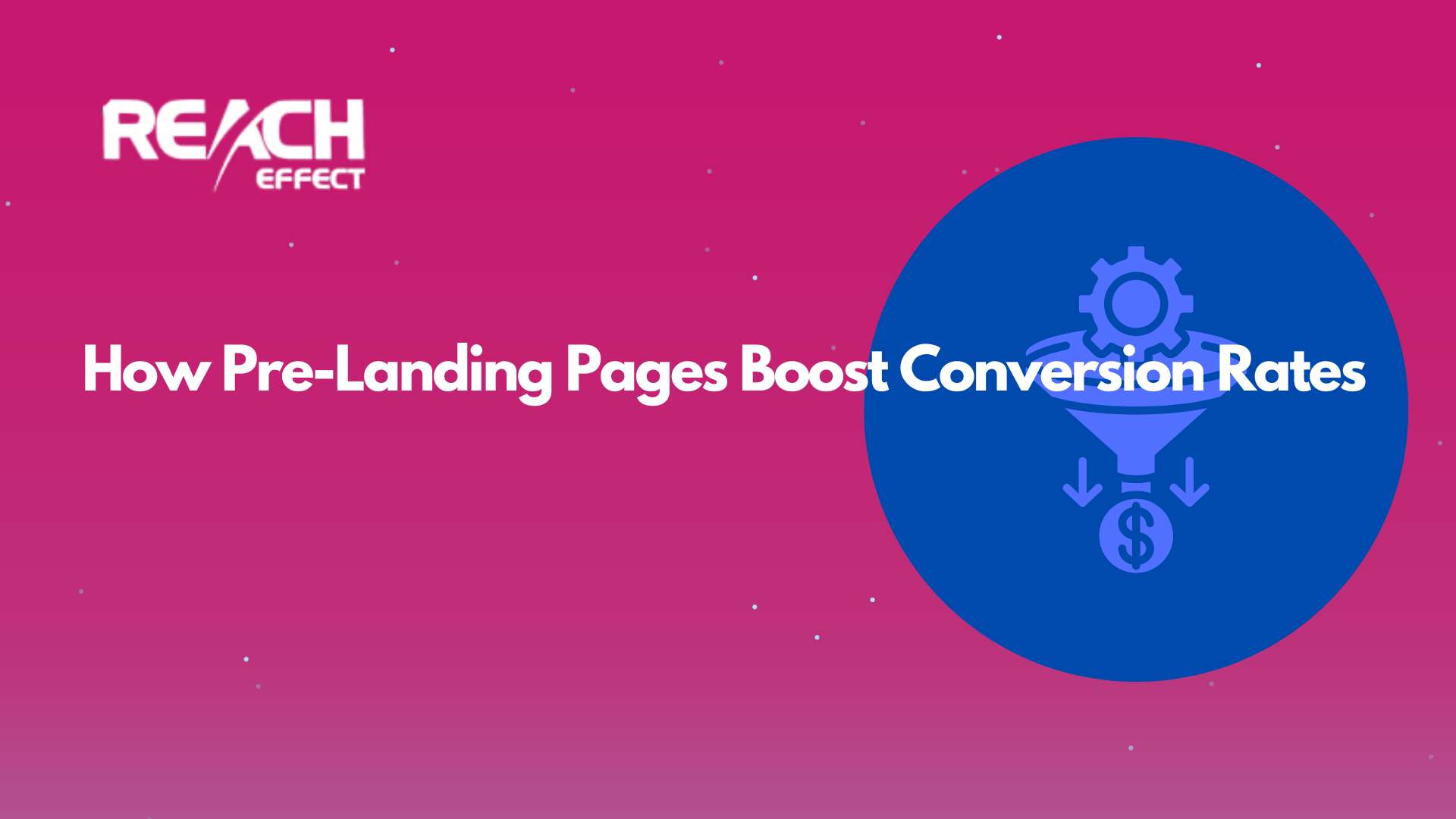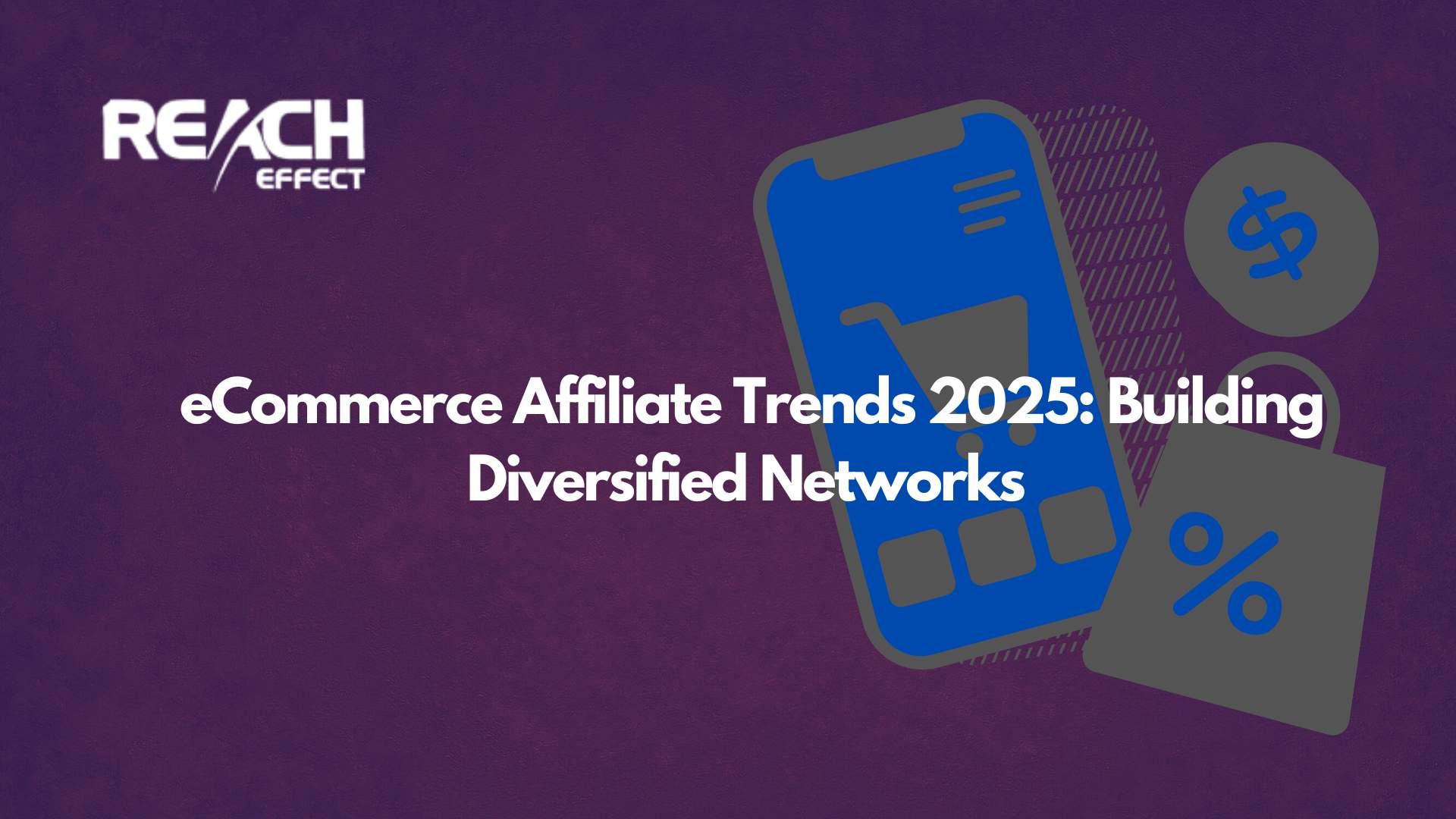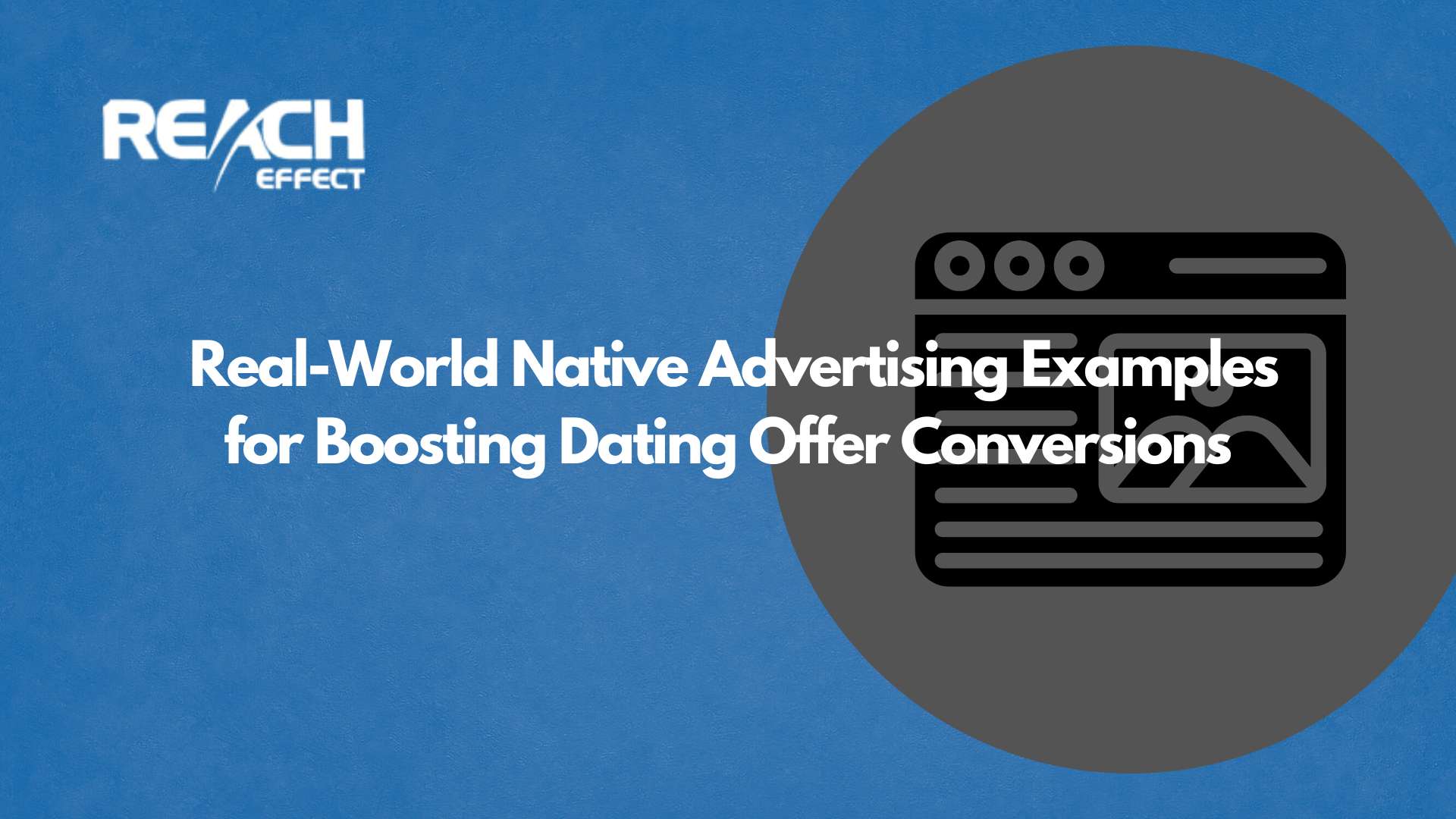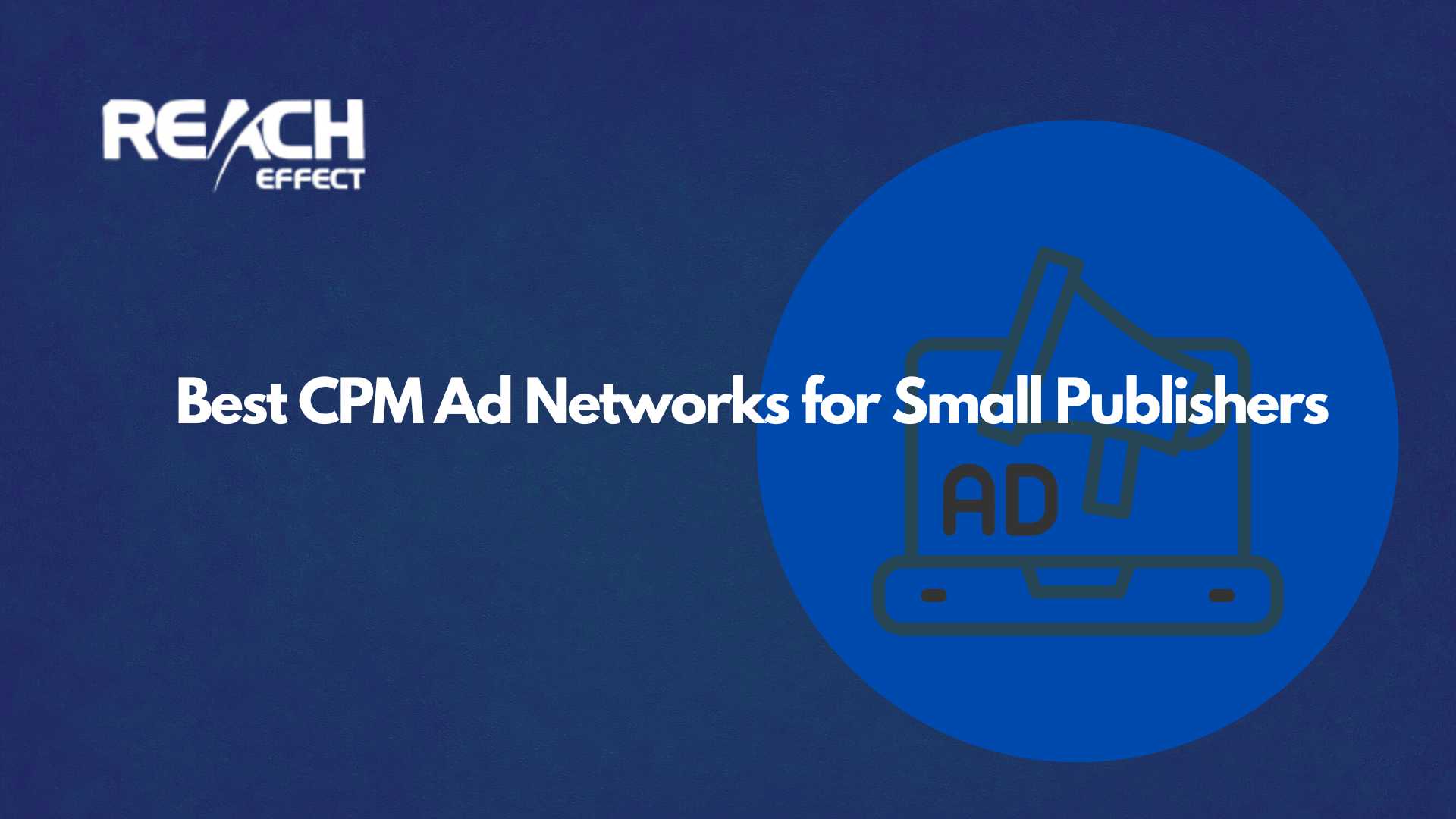Your advertising budget deserves better than guesswork. Every dollar you spend should work harder, convert better, and deliver measurable results.
Thank you for reading this post, don't forget to subscribe!I’ve watched countless businesses burn through ad budgets with zero strategy. The painful truth? Most advertisers are shooting in the dark, making decisions based on gut feelings rather than cold, hard data.
But here’s where it gets exciting: when you master A/B testing and ad copy optimization together, you unlock campaigns that consistently crush expectations.
Why This Combination Is Pure Marketing Gold
Think about it this way: A/B testing is your detective work, while ad copy optimization is your creative genius. Together, they create advertising that actually works.
Creative accounts for 56% of all campaign outcomes, making your ad copy the single most influential factor in campaign success. Your targeting might be perfect and your budget optimized, but if your copy doesn’t connect, everything else becomes irrelevant.
The average Google Ads conversion rate sits at 6.96% across all industries. But here’s what most people miss – this average includes campaigns running optimized copy alongside those throwing random messages at the wall. The difference between mediocre and exceptional copy can literally double your conversion rates.
The Compound Effect Reality
When you combine systematic testing with strategic copy improvements, you create a multiplier effect that dramatically improves ROI over time. Each successful test provides insights that inform future optimizations, building a knowledge base specific to your audience and industry.
The Foundation: Understanding A/B Testing for Ad Copy
A/B testing strips away assumptions and reveals what actually moves your audience to action. You create two versions of your ad copy, change one specific element, and let real user behavior determine the winner.
The magic happens in the details. Maybe version A uses “Save 20%” while version B says “Get 20% Off.” Small difference? Absolutely. Impact on conversions? Potentially massive.
What Makes Testing Actually Work
Your testing sequence matters enormously. Don’t test everything simultaneously. Instead, focus on one element at a time to isolate what drives results. This methodical approach builds a library of insights that compound over time.
The smart testing framework includes:
- One variable per test to isolate performance drivers
- Clear hypothesis formation before launching any test
- Sufficient sample sizes for statistical reliability
- Complete business cycles to account for behavioral patterns
Statistical significance prevents premature conclusions. Run tests long enough to gather meaningful data, typically requiring at least 100-200 conversions per variation. Seasonal factors, day-of-week patterns, and audience segments all influence results.
Ad Copy Elements That Drive Real Results
Your ad copy optimization should touch every element that influences user behavior. Headlines typically have the biggest impact on performance, so start there before moving to other components.
Headlines: Your First Impression Makers
Test emotional versus rational appeals to understand what motivates your specific audience. Question-based headlines often outperform statements, while urgent language creates different responses than benefit-focused messaging.
Consider testing these headline approaches:
- Numbers and specifics vs general benefit claims
- Direct commands vs gentle suggestions
- Problem-focused vs solution-focused messaging
- Personal pronouns vs impersonal language
Value Propositions That Convert
Your value proposition communicates why someone should choose you over competitors. Different audiences respond to different motivational triggers, making this a crucial testing area.
Price savings might motivate action for budget-conscious customers, while time savings create more urgency for busy professionals. Status appeals work differently than security-focused messaging, and social proof elements build trust at varying levels depending on your audience.
Calls-to-Action: The Conversion Catalysts
Your CTA button often determines whether engaged prospects become customers. Sometimes ads with “average” Ad Strength outperform those with “excellent” Ad Strength, proving that platform recommendations don’t always align with real-world performance.
Action words create different levels of urgency and commitment. “Buy now” feels more aggressive than “Learn more,” while “Get started” implies a journey rather than a transaction. Test these nuances to discover what resonates with your specific audience.
Platform-Specific Optimization Strategies
Different platforms require tailored approaches because user contexts and behaviors vary significantly across channels.
Google Ads: Intent-Driven Optimization
Google users arrive with specific search intent, making keyword alignment crucial for ad copy performance. Your headlines should reflect the search query while your descriptions provide compelling reasons to click through.
Character limits matter more on Google because truncated messages lose impact. Ad extensions provide additional real estate for value communication, but they need strategic messaging that complements your primary ad copy.
Facebook Ads: Social Context Matters
Facebook operates in a social environment where users scroll through personal content. Your ad copy needs to feel native to this experience while still driving commercial action.
Visual-first formatting works better than text-heavy approaches. Emotional storytelling often outperforms direct sales messages, and community language creates more engagement than corporate speak.
LinkedIn Ads: Professional Positioning
LinkedIn audiences expect professional tone and industry-relevant messaging. B2B value propositions perform better than consumer-focused benefits, while authority building through credentials and social proof drives more engagement.
Technical terminology that might confuse general audiences often increases credibility with professional audiences. Test industry-specific language against general business terms to find the right balance.
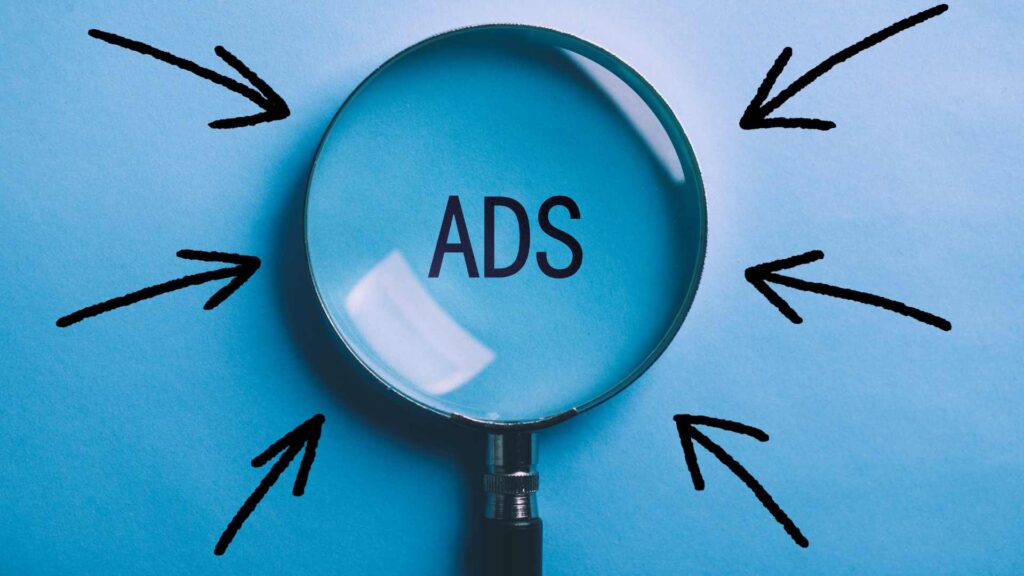
Advanced Testing Techniques for Maximum Impact
Moving beyond basic headline tests unlocks deeper performance improvements. Test different value propositions to discover what resonates most strongly with your audience.
Emotional Trigger Testing
Psychological drivers create powerful responses when aligned correctly with audience motivations. Fear of missing out generates urgency, while desire for status appeals to aspirational thinking. Security needs drive different behaviors than social belonging desires.
Create variations that tap into these different emotional states:
- Scarcity messaging with limited quantities or time constraints
- Social proof elements featuring customer counts and testimonials
- Authority indicators like awards, certifications, or expert endorsements
- Risk reduction through guarantees and trial offers
The Psychology of Persuasion in Copy
Understanding what motivates your audience psychologically allows you to craft messages that naturally guide prospects toward conversion. Different personality types respond to different persuasion techniques.
Analytical personalities prefer data and specifics, while relationship-oriented people respond to social proof and community elements. Driver personalities want results and efficiency, while expressive types prefer emotional appeals and creative messaging.
Measuring Success: The Metrics That Actually Matter
Click-through rates grab attention, but conversion rates pay the bills. Focus your optimization efforts on metrics that directly impact revenue rather than vanity metrics that look impressive but don’t drive business results.
Primary Success Indicators
Track metrics that directly correlate with business growth:
- Conversion Rate: What percentage of clicks become customers?
- Cost Per Acquisition: How much does each new customer cost?
- Return on Ad Spend: Revenue generated per advertising dollar
- Customer Lifetime Value: Long-term revenue impact of acquired customers
Leading Indicators to Monitor
Secondary metrics help you understand performance trends before they impact primary results. Click-through rates indicate initial engagement levels, while cost-per-click shows traffic acquisition efficiency.
Quality scores and impression share reveal how platforms evaluate your ad performance, which affects long-term campaign sustainability and cost efficiency.
Building Your Testing Program for Long-Term Success
Start with your highest-traffic campaigns where test results reach statistical significance quickly. Lower-volume campaigns require longer testing periods, making iteration slower initially.
Phase 1: Foundation Building
Choose your best-performing campaign for initial testing because it provides the fastest path to reliable results. Set up comprehensive tracking that captures both immediate conversions and downstream customer behavior.
Create a testing calendar that aligns with business cycles and avoids major promotional periods when other factors might influence results. Document everything meticulously, including failed tests, because negative results provide valuable audience insights.
Phase 2: Systematic Expansion
Once you establish testing protocols on one campaign, expand systematically to other traffic sources. Build libraries of proven elements that can be adapted across different campaigns and audience segments.
Test one element per week to maintain consistent learning momentum. This approach prevents overwhelming your team while ensuring steady optimization progress.
Phase 3: Advanced Integration
Connect your ad copy optimization with broader marketing initiatives. Message consistency across channels amplifies individual tactic performance.
Consider post-click experiences when testing ad copy. Promise alignment between ads and landing pages builds trust and improves conversion rates throughout the entire customer journey.

The ROI Reality: Numbers That Prove the Impact
Let me show you what systematic optimization looks like in practice. Consider a campaign spending $10,000 monthly with a baseline 5% conversion rate.
Month-by-Month Improvement Example
Month 1: Baseline performance delivers 500 conversions at 5% rate
Month 2: Optimized headlines boost conversion rate to 5.5% (+10% improvement)
Month 3: Enhanced calls-to-action push performance to 6.1% (+22% total improvement)
Month 4: Emotional trigger testing drives 6.8% conversion rate (+36% total improvement)
The financial impact compounds dramatically. That 36% improvement generates 180 additional conversions monthly without increasing ad spend. Over a year, systematic optimization adds $21,600 in additional conversions from the same budget.
Long-Term Multiplication Effects
Each successful test provides insights that inform future optimizations. Your testing program becomes more effective over time, generating increasingly better results as you understand your audience more deeply.
The knowledge base you build becomes a competitive advantage that competitors can’t easily replicate. Your audience insights, messaging frameworks, and optimization processes create sustainable performance improvements.
Common Pitfalls That Destroy Campaign Performance
Learning from expensive mistakes saves both time and money. The biggest errors I see involve impatience, complexity, and ignoring valuable negative results.
The Premature Conclusion Trap
Stopping tests too early costs serious money because initial results often mislead. Weekend versus weekday performance varies significantly, different audience segments behave differently, and seasonal factors influence conversion patterns.
Small sample sizes create statistical noise that looks like meaningful results. Wait for adequate data before making optimization decisions, even when early trends look promising.
The Everything-at-Once Disaster
Testing multiple variables simultaneously makes success impossible to replicate. When you change headlines, descriptions, images, and targeting all at once, you can’t identify which elements drove performance improvements.
This approach wastes learning opportunities and prevents systematic optimization progress. Stick to single-variable testing for clear, actionable insights.
Ignoring Failed Tests
“Failed” tests provide crucial audience insights that inform future optimization efforts. Document what doesn’t work alongside successful variations to build comprehensive understanding of effective messaging approaches.
Failed tests often reveal audience segments, messaging angles, or emotional triggers that don’t resonate. This knowledge prevents future mistakes and guides more effective testing directions.
Future-Proofing Your Optimization Strategy
The digital marketing landscape continues evolving rapidly. Privacy changes reshape data availability, while new technologies create fresh optimization opportunities.
Adapting to Privacy-First Marketing
First-party data becomes increasingly valuable as third-party tracking diminishes. A/B testing helps maximize performance from available data while building sustainable competitive advantages through direct customer insights.
Focus on owned media channels and direct customer relationships. Email lists, website visitors, and existing customers provide rich testing opportunities that don’t depend on external data sources.
Technology Integration Opportunities
Machine learning increasingly supports optimization efforts, but human insights remain irreplaceable for strategic decision-making. Combine automated optimizations with creative human input for best results.
Dynamic personalization capabilities expand rapidly, enabling more sophisticated testing approaches. Start building capabilities now to capitalize on advancing technologies as they become accessible.
Your Implementation Roadmap
Ready to transform your campaigns? Start with systematic foundation building rather than random testing attempts.
Week 1: Assessment and Setup
Audit your current ad copy across all platforms to identify optimization opportunities. Choose your highest-traffic campaign for initial testing because it provides fastest results and clearest data.
Set up comprehensive conversion tracking that captures both immediate actions and downstream customer behavior. Create testing documentation templates for consistent data collection.
Weeks 2-4: First Testing Cycle
Launch your first headline test with clear hypothesis and success metrics. Monitor results daily but avoid making conclusions until statistical significance is reached.
Document insights from your first test, whether successful or not. Plan your second test based on initial learnings, focusing on the next highest-impact element.
Month 2 and Beyond: Scaling Success
Expand successful elements to other campaigns and platforms, adapting messaging for different contexts and audiences. Build your optimization playbook with proven frameworks and messaging approaches.
Train team members on testing protocols and decision-making processes. Create systems that sustain optimization efforts even as team members change or responsibilities shift.
The combination of A/B testing and ad copy optimization transforms advertising from expense into strategic investment. When you systematically test, measure, and improve your messaging, every dollar works harder and generates measurably better returns.
Start with one campaign, test methodically, and watch your ROI climb steadily upward. Your competition is probably still guessing while you’ll be measuring, learning, and consistently winning.

